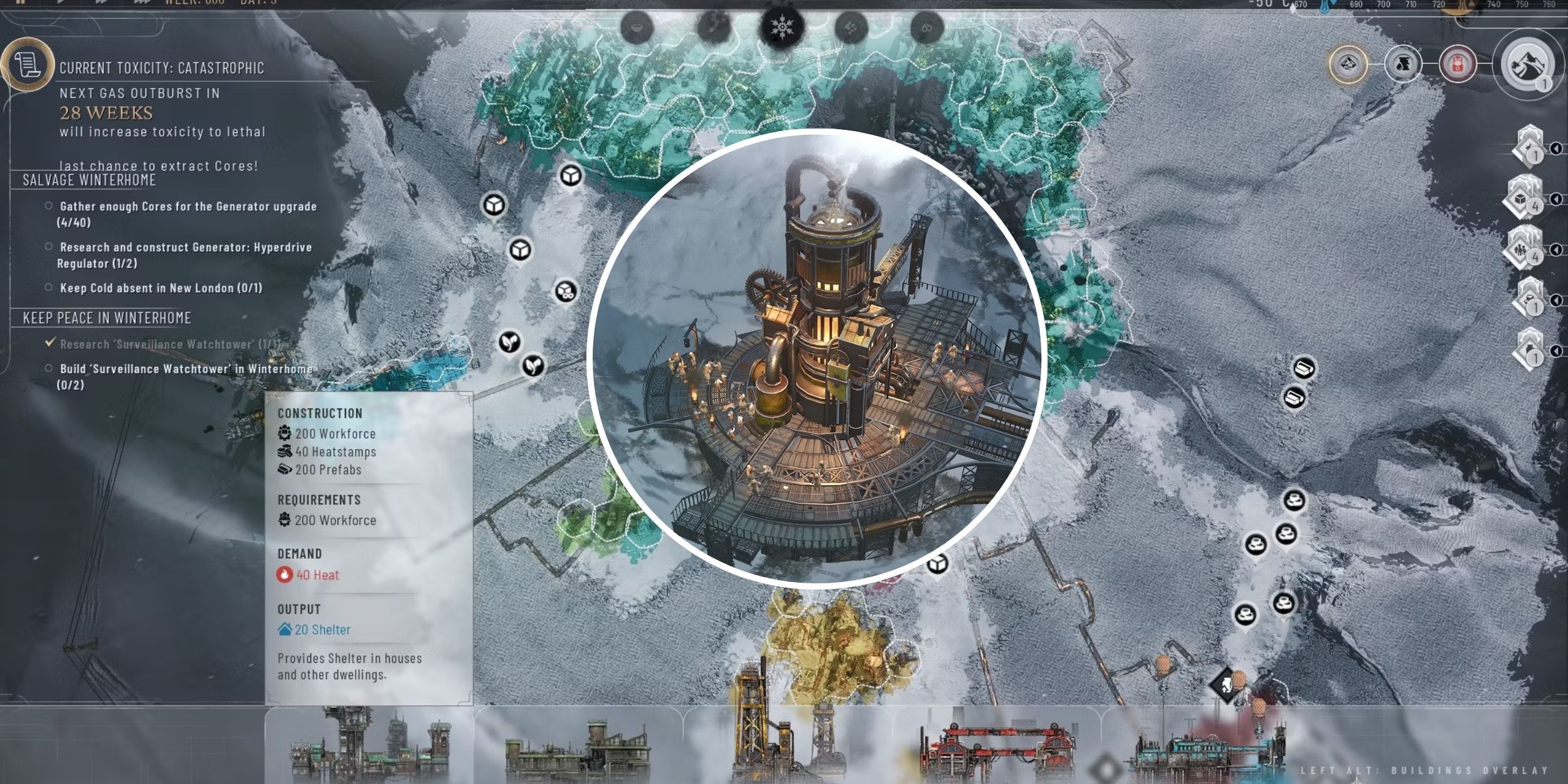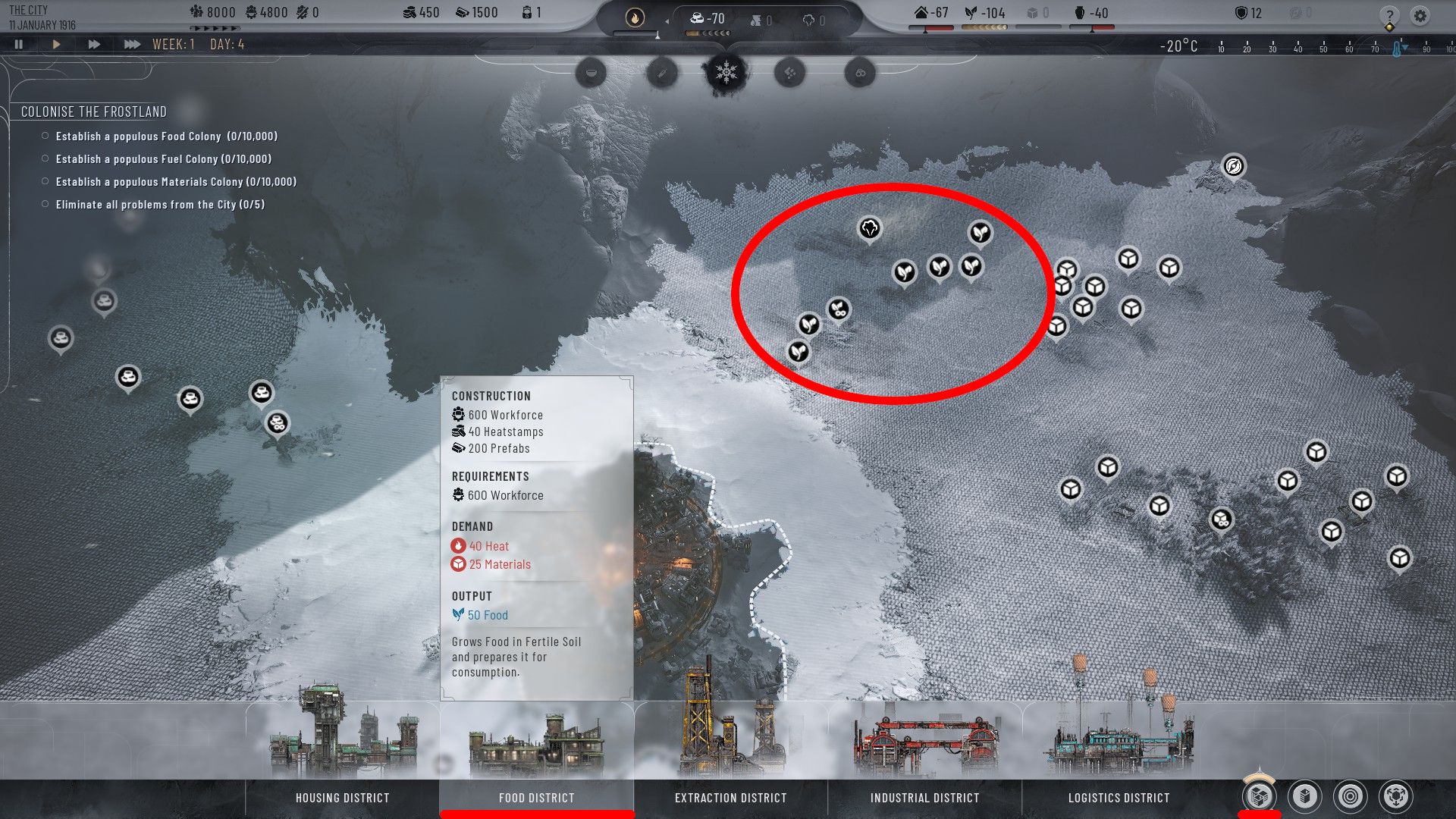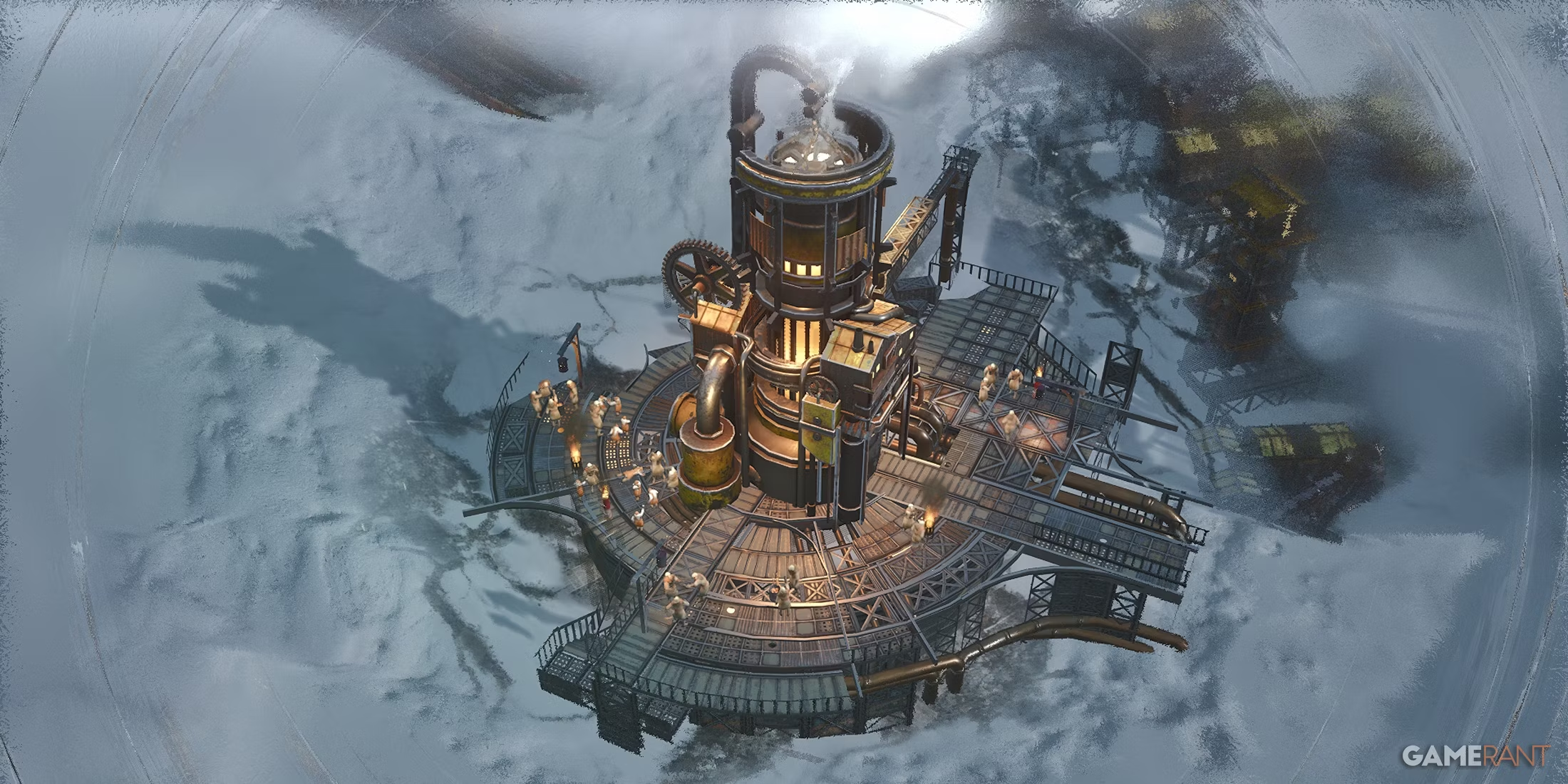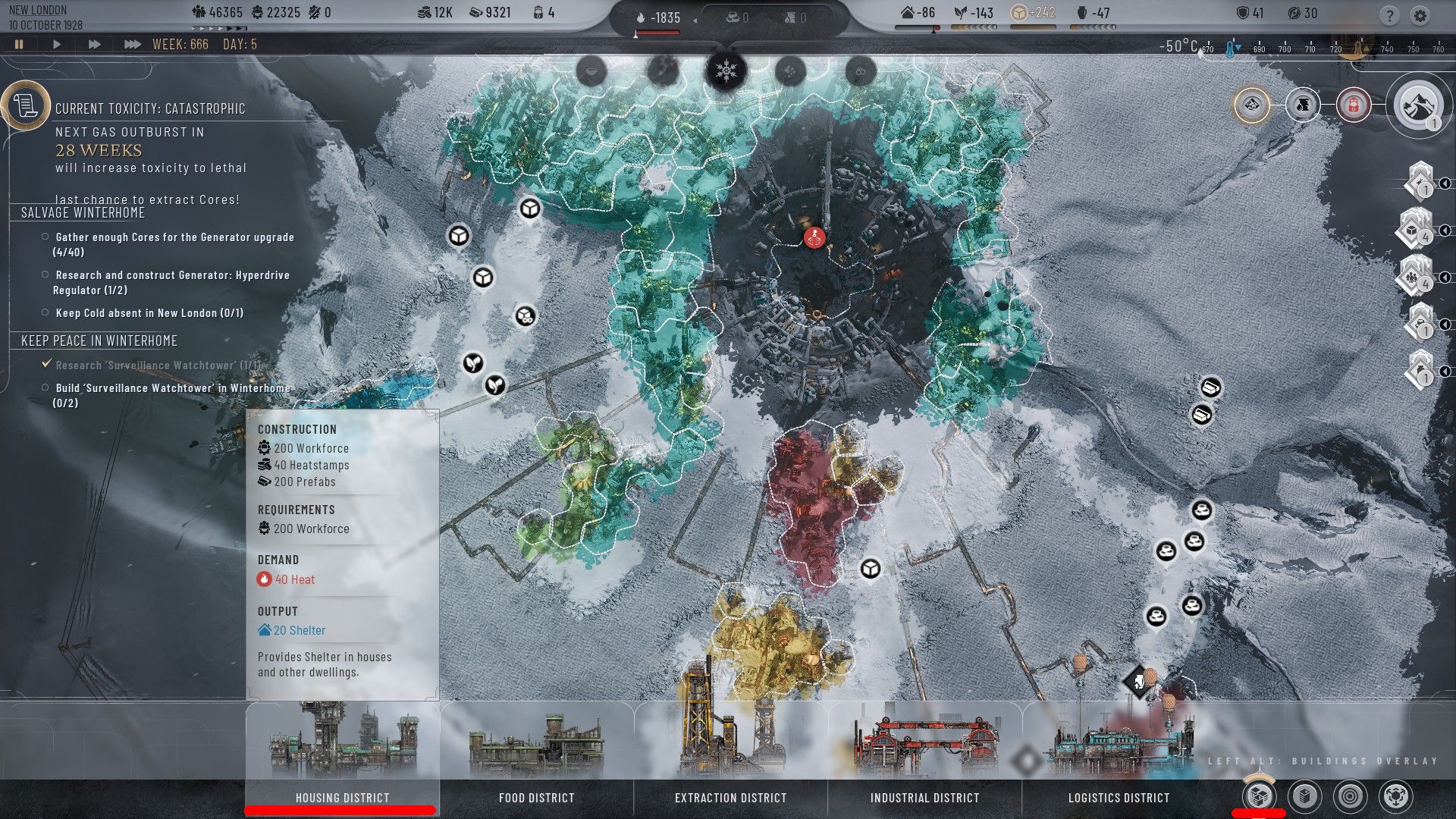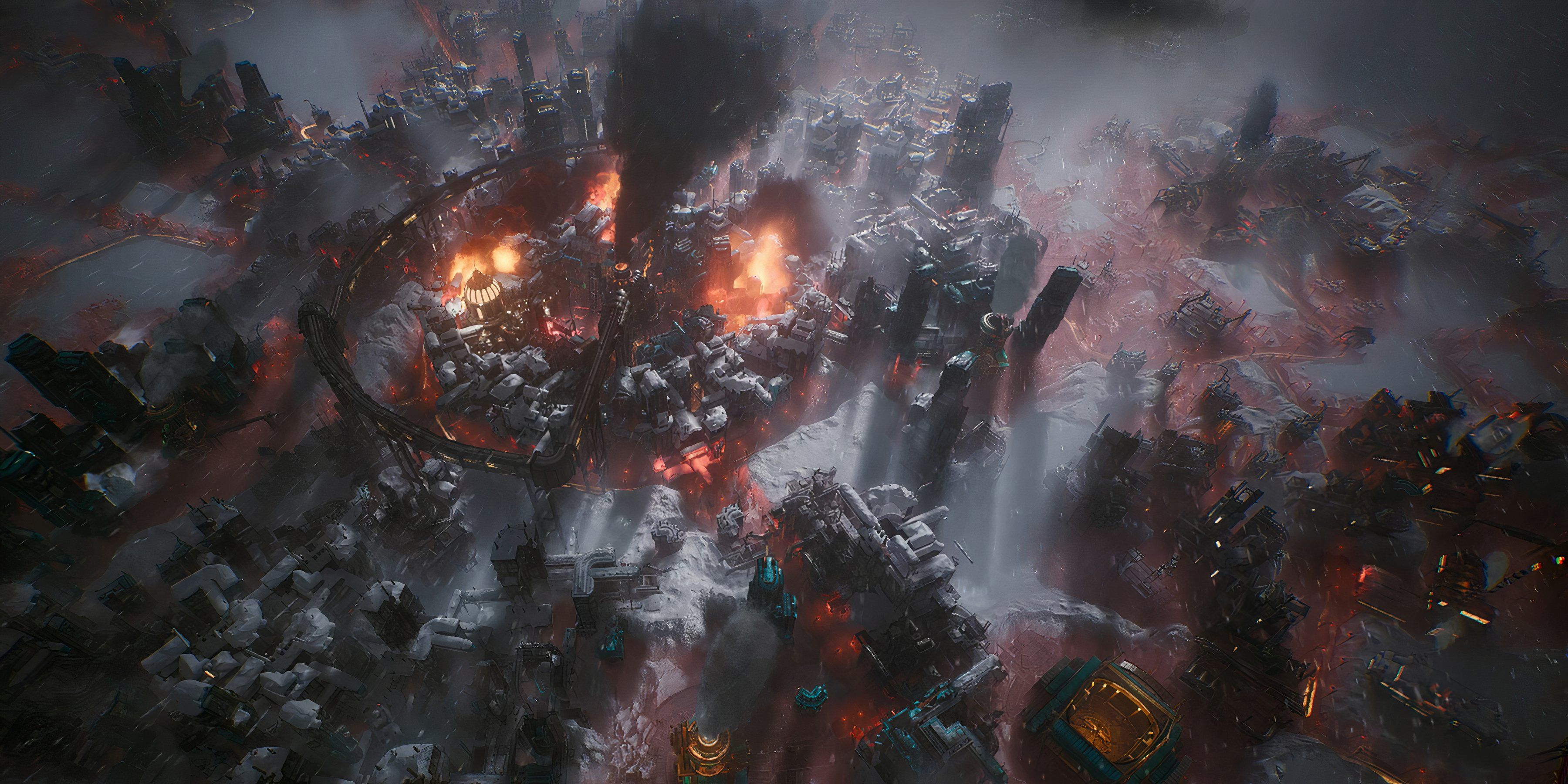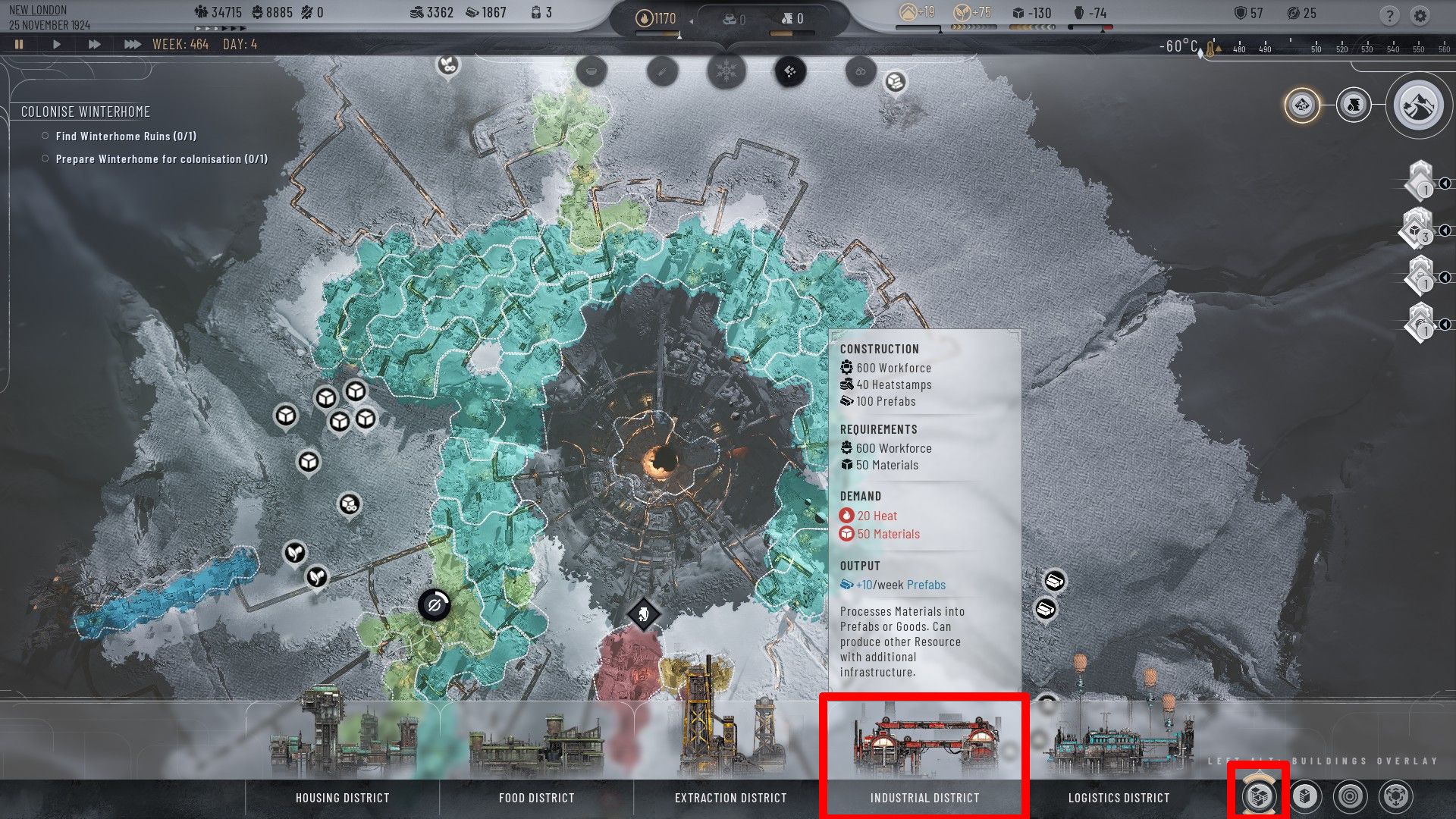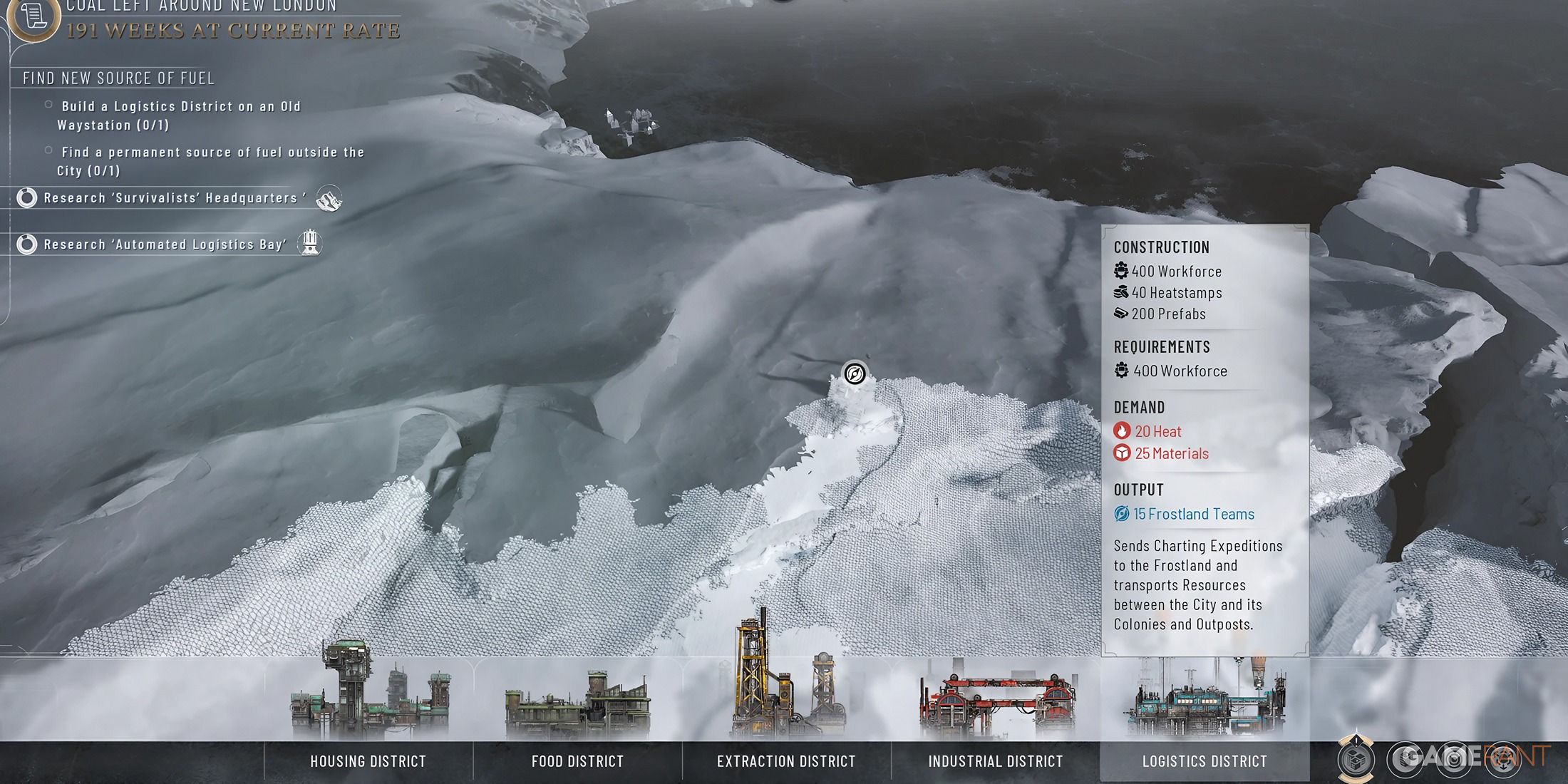Districts are the literal building blocks of your city Frostpunk 2. In addition to helping you structure your city, districts provide essential resources, affect the morale of your city, and determine your overall success. Whether it's Food, Shelter or Frostland teams, you'll need to build different districts to meet the needs of your citizens. This guide explains the different types of districts in Frostpunk 2 so you can prioritize and build them according to your needs.
All districts in Frostpunk 2
There are several different types of districts Frostpunk 2. Each district has a specific function and ensures that your city has a steady supply of the essentials it needs to survive the harsh temperatures.
Food District
Food Districts are responsible for this produce food to sustain their population and ensure the survival of your city in harsh weather. You should start building several Food Districts as soon as possible to build up food supplies and overcome food shortages in extreme weather conditions. As your city grows, the demand for food will increase. You will need to expand your Food District to meet the growing needs of your citizens.
Mining precincts are specialized buildings that are dedicated extraction of resources from deposits. You can mine prefabs, materials, oil and other valuable resources from various deposits.
Once the deposit is depleted, the mining area loses much of its value. It becomes less productive and may no longer pay to maintain. You can destroy a depleted mining area and get a partial refund to recoup some of your initial investment.
Residential district
Residential districts to provide shelter for its citizens survive in harsh winter conditions. While they don't directly increase your population, Housing Districts provide space and resources to house new settlers from expeditions or natural population growth. If you see your heat index drop, it's often due to a lack of housing.
Central district
Think of the Central District as the administrative center of your city. Located in the heart of your settlement and houses the Council Chamber and the Generator. City Hall is where you can propose or pass any laws you see fit for your city. The generator is a powerful heat source that provides warmth to surrounding areas and ensures they survive the harsh winter. You can build from the central district and expand your city.
Industrial district
Industrial districts are essential for production of goods and prefabricated products in Frostpunk 2. You can order an industrial district to produce goods or prefabs, depending on what you need at the time. Goods reduce crime and increase income, while prefabs are essential for construction. As your city grows, you will need several industrial districts to meet these requirements.
The field of logistics
Logistics precincts are essential for expanding your city's reach and finding resources. These precincts can only be built on Old Waystations located near the corners of the map, meaning you'll need to get Frostbeak into those areas before you can build one.
Once you have a Logistic District, you gain access to Frostland teams that can go on expeditions and even start colonies. Building more logistics areas will give you more Frostland teams, allowing you to run more expeditions.
